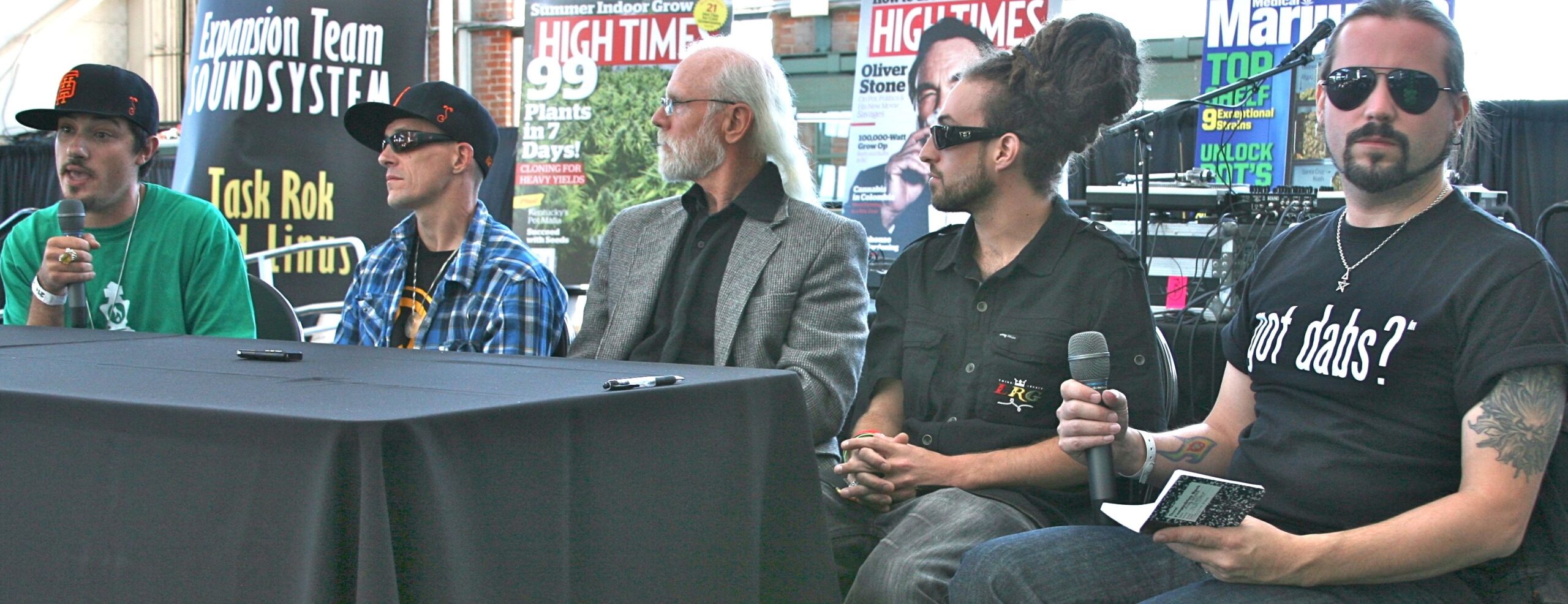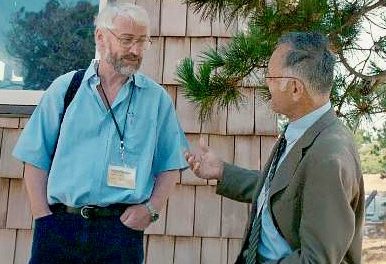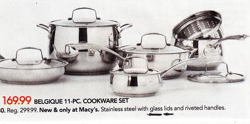By Jeffrey Hergenrather, MD
No one listening to the radio or watching TV in the ‘50s and ‘60s can ever forget the jingle, [wpspoiler name=”Brylcreem, a little dab’ll do ya…” ][jwplayer file=”http://www.os-extra.cannabisclinicians.org/wp-content/uploads/2013/02/Brylcreem.mp3″][/wpspoiler] Brylcreem was a formulation of lanolin and grease that enabled men to comb their hair and have it stay in place. Hippie influence on the culture ended the demand for Brylcreem. Perhaps some entrepreneur in the cannabis industry should now buy the rights to the jingle, because “dabs” have become the latest rage in the administration of cannabis.
The popularity of high-THC “dabs” —also known as “waxes”— is largely a youthful and recreational phenomenon. The user inhales a small amount of vaporized and/or burned cannabis concentrate —a dab— that has been placed on a hot “nail” with a tiny spatula or needle. A single deep inhalation has a stronger and faster psychoactive effect than any other delivery method can provide. In other words, the user gets more stoned and the dabs provide a mild “rush.”
Some regular recreational users say that smoking the herb could no longer get them high —tolerance had built up— but the use of dabs restored their ability.
Pipes are now being designed with appendages for positioning the nail next to the waterpipe bowl so that the pipe is ready for a dab as the user inhales. The nail is heated with a torch. When the dab is placed on the nail it vaporizes immediately in one brief puff.
Recently I was on a panel devoted to dabs at a “Cannabis Cup” organized by High Times Medical Marijuana magazine in Richmond, California, and I learned about the technology from the experts.
Dab concentrates are made from oil extracted from cannabis plants by a solvent. The most widely used solvent is butane —better known, although not entirely accurately, as lighter fluid.
Butane is a petroleum product with a very high vapor pressure —it evaporates very quickly into the air once released from the can. When cannabis plant material is drenched in butane, its oils dissolve and can be captured in a container. Instantaneously, the butane evaporates leaving only the oil behind.
Spoiler Alert
There are real problems with this seemingly simple procedure.
Butane extraction is against the law. People are serving time in prison for using butane as an organic solvent.
Butane is a fire and explosion risk because it is so highly flammable. Many people have been severely injured using butate to make cannabis oil extracts.
“Butane isn’t just butane. The volatile fuel in a common “butane” lighter fluid may contain various impurities and other carcinogenic hydrocarbons including benzene, ethyl mercaptan, heptane, and hexane. If it smells like lighter fluid you shouldn’t use it.
These other hydrocarbons have a lower vapor pressure than butane. They don’t evaporate as readily and are likely to remain as residue in the extracted cannabis oil. When smoked or vaporized, the contaminants enter the body through the lungs. In general these chemicals are considered neurotoxins. Chronic exposure to low-grade butane extracts should be considered poisonous.
Higher grade butane (USP grade or laboratory-grade butane) is commercially available —supposedly— but according to the manufacturers on the High Times dabs panel, it is practically unobtainable.
Another risk in the dabbing procedure involves the “nail.” Any object that is heated with a torch to burn or volatilize the dab will gradually disintegrate. Metals such as steel, stainless steel, or titanium might seem inert, but in fact they flake off a layer of metal with the dab. Glass may be a better choice. Someone should do the research.
One could argue that medical users might benefit from dabs to relieve excruciating pain, muscle spasm, or intractable vomiting for which they want immediate relief. If an ultra concentrated extract were necessary, a pure ethanol extract would be a better choice, preferably vaporized with a temperature-controlled device.
To date dabs are a recreational phenomenon that has caught on mostly in urban America. At the time of publication only a few of my patients in rural Sonoma County have reported using —let alone benefiting from— this fashionable new delivery system. But my patients are not typical of the cannabis-using population, and it was apparent at the Emerald Cup held in December 2012 that the popularity of dabs is spreading.





